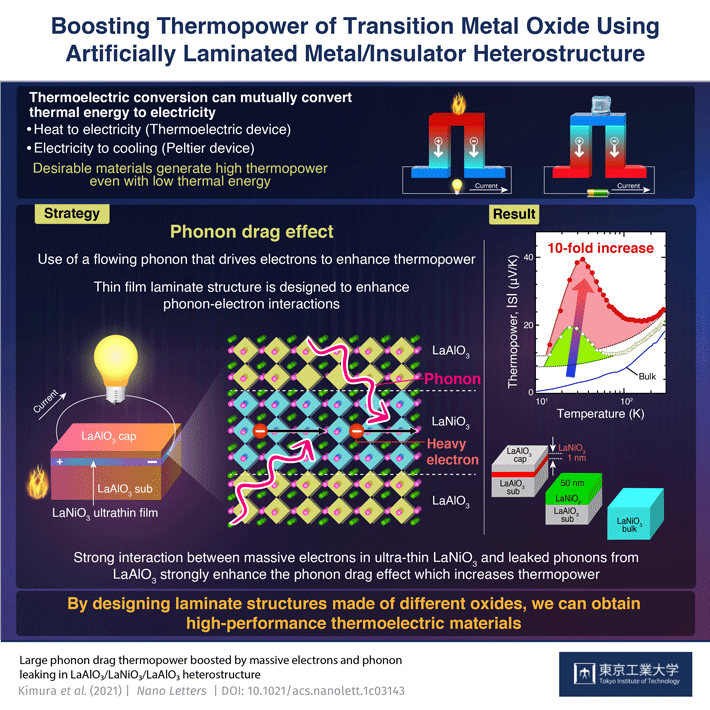1 Laboratory for Materials and Structures, Institute of Innovative Research, Tokyo Institute of Technology, Japan
2 PRESTO, Japan Science and Technology Agency, Japan
3 National Institute for Materials Science, Japan
4 Institute of Solid State Physics, Vienna University of Technology, Austria
5 Research Institute for Advanced Electronics and Photonics, National Institute of Advanced Industrial Science and Technology, Japan
6 Department of Applied Quantum Physics and Nuclear Engineering, Kyushu University, Japan
7 The Institute of Scientific and Industrial Research, Osaka University, Japan
8 Research Center for Functional Materials, National Institute for Materials Science, Japan
9 Research Center for Advanced Measurement and Characterization, National Institute for Materials Science, Japan
10 Synchrotron X-ray Station at SPring-8, National Institute for Materials Science, Japan
11 Materials Research Center for Element Strategy, Tokyo Institute of Technology, Japan
12 Photon Factory, Institute of Materials Structure Science, High Energy Accelerator Research Organization, Japan
13 Institute of Multidisciplinary Research for Advanced Materials, Tohoku University, Japan
. Any information published on this site will be valid in relation to Science Tokyo.



